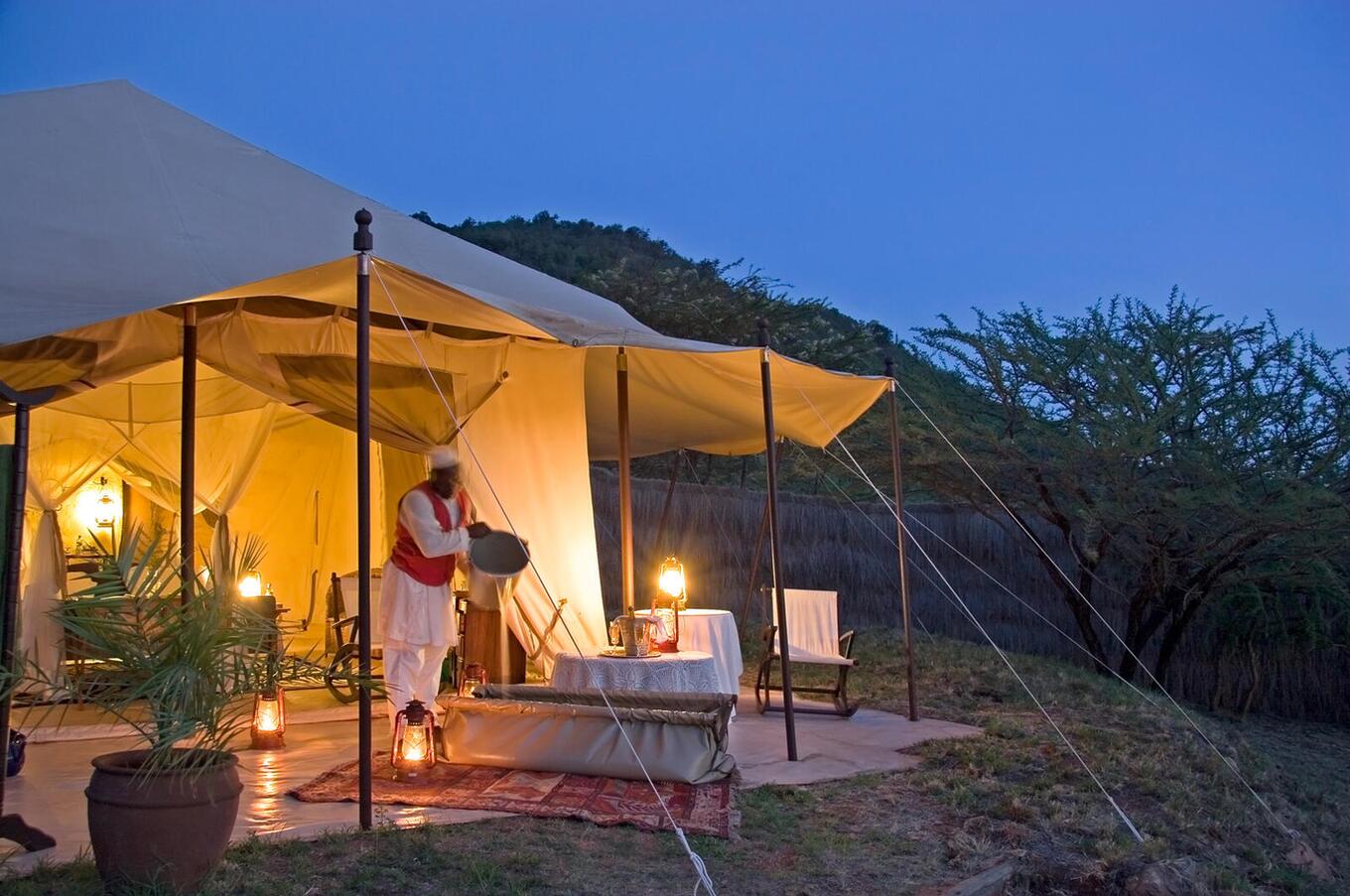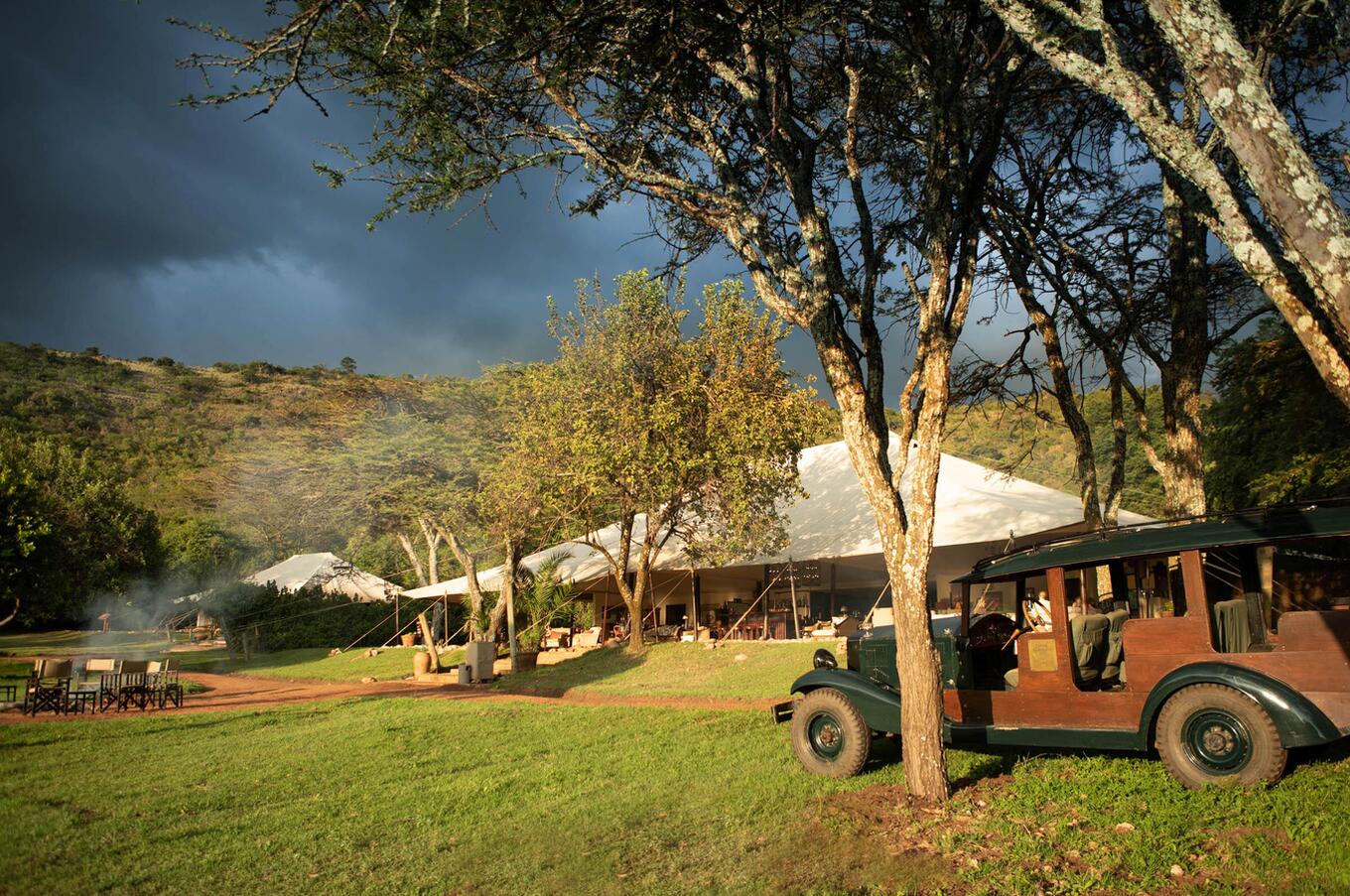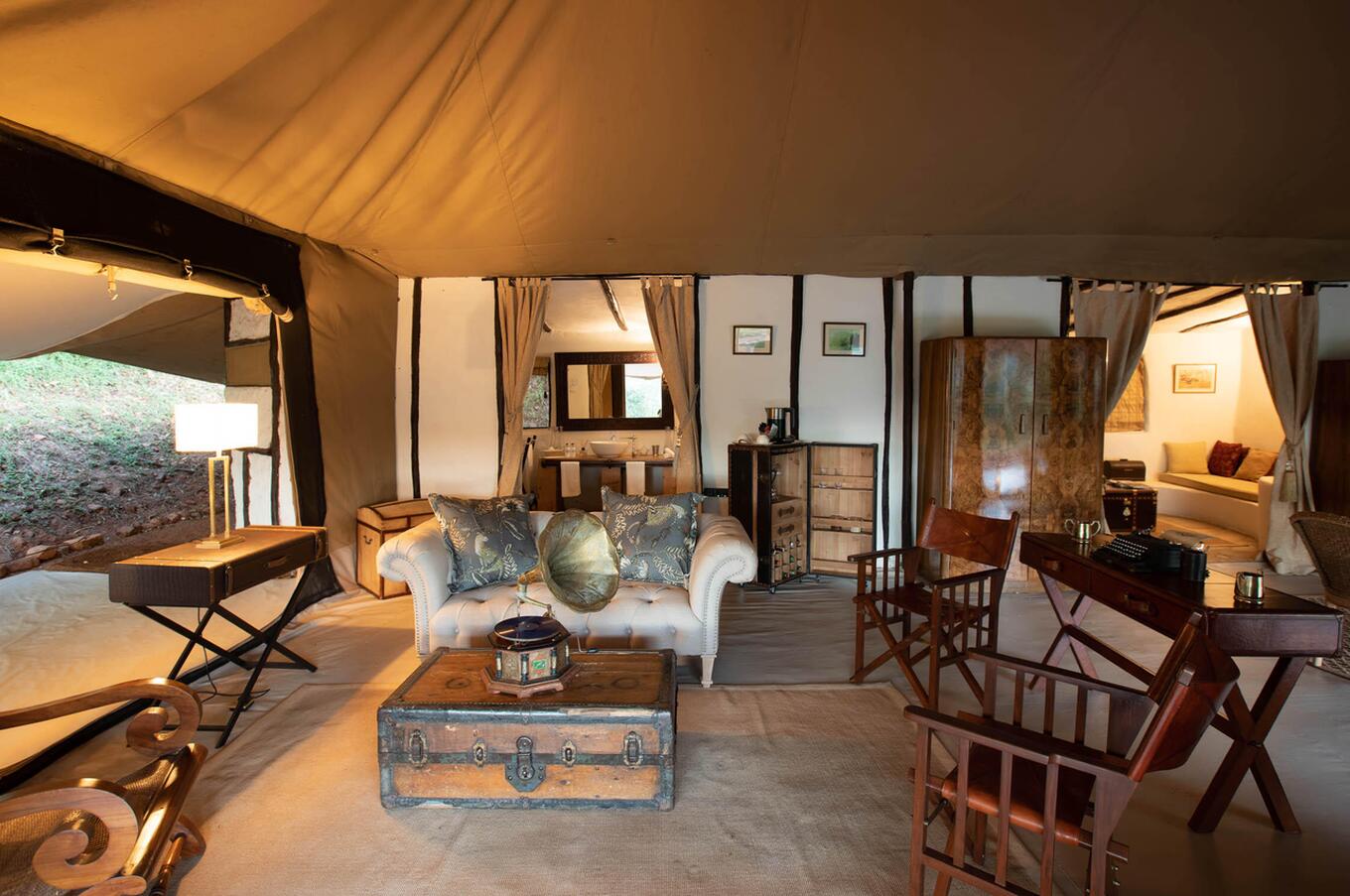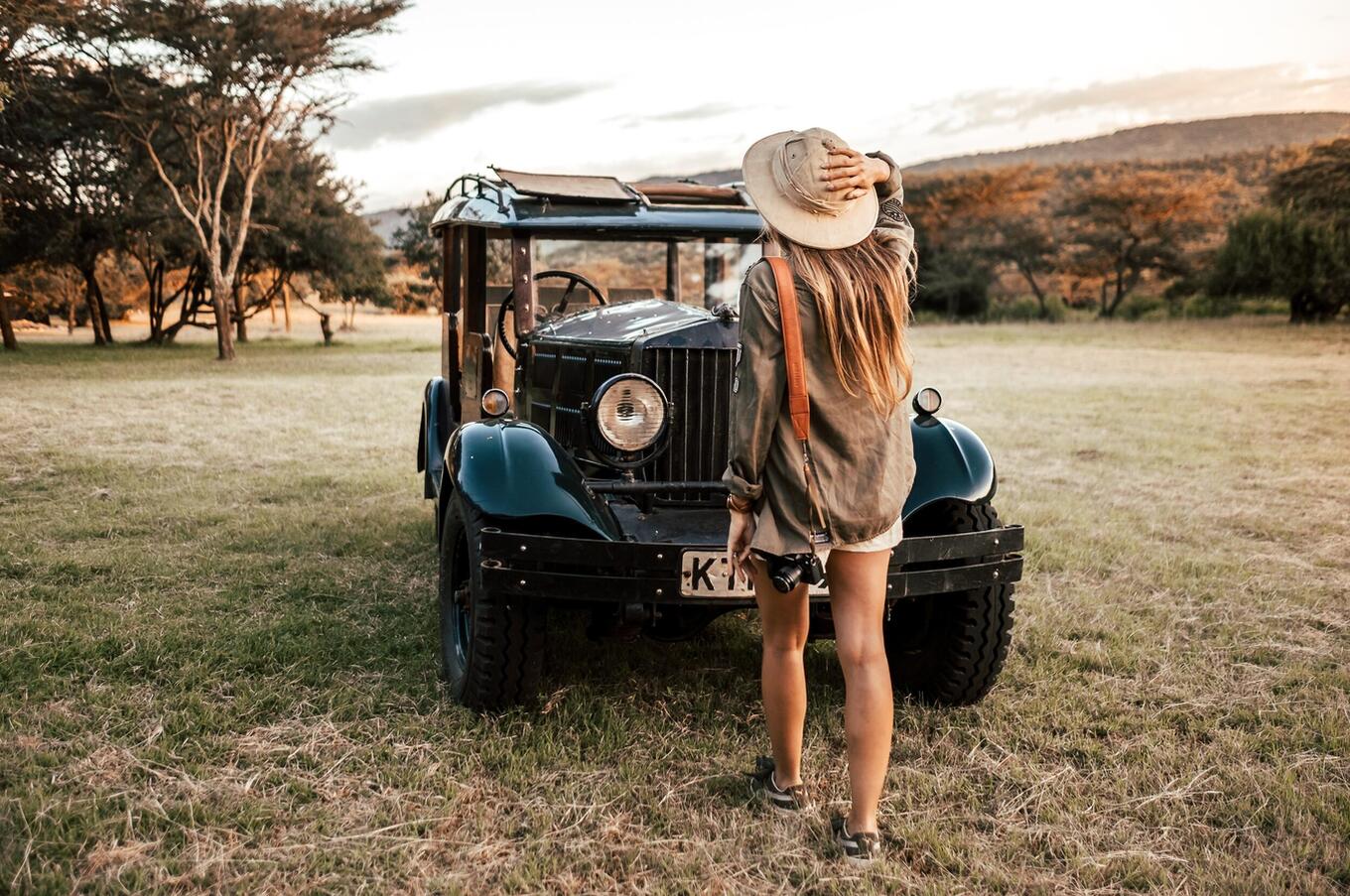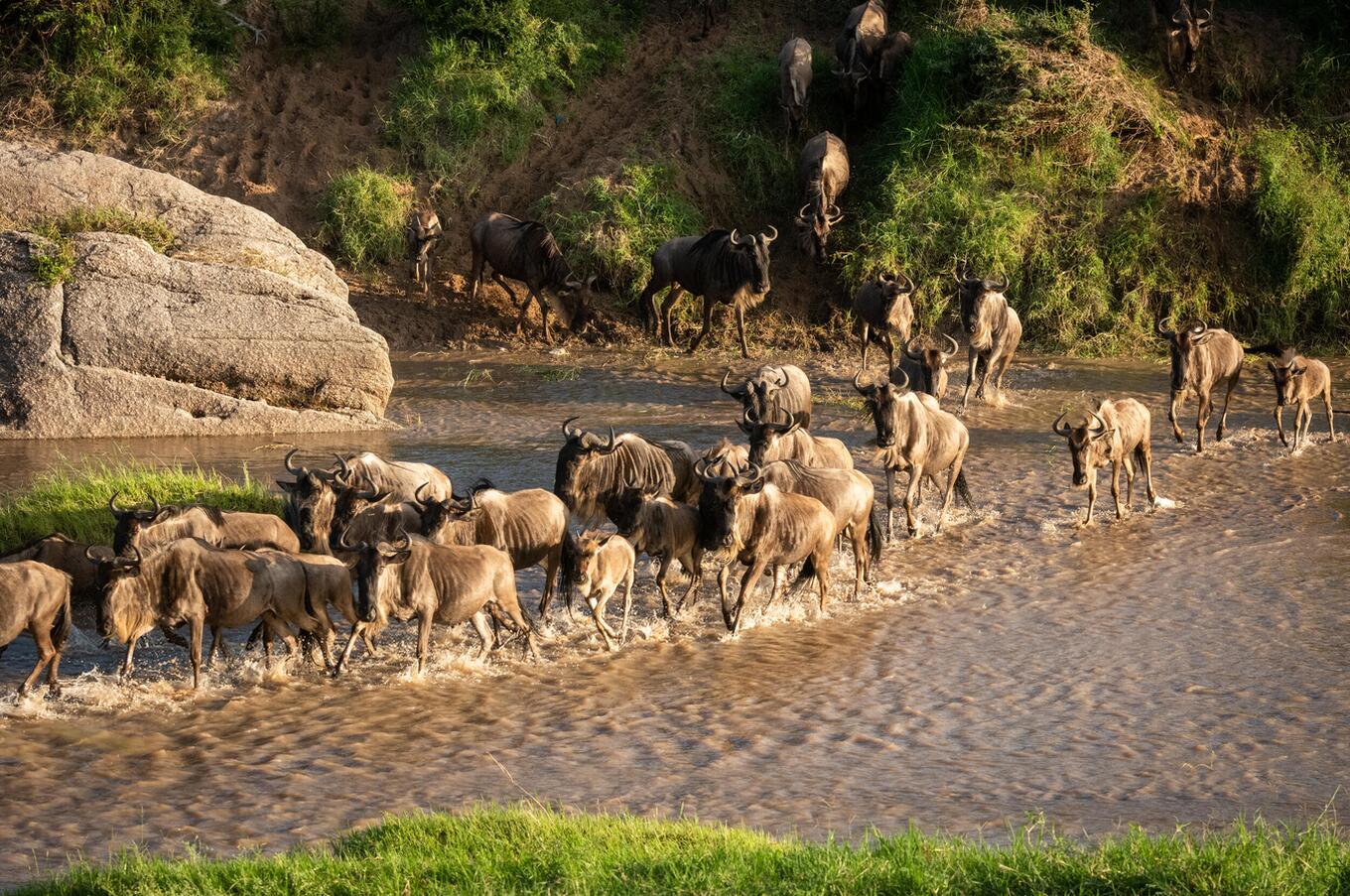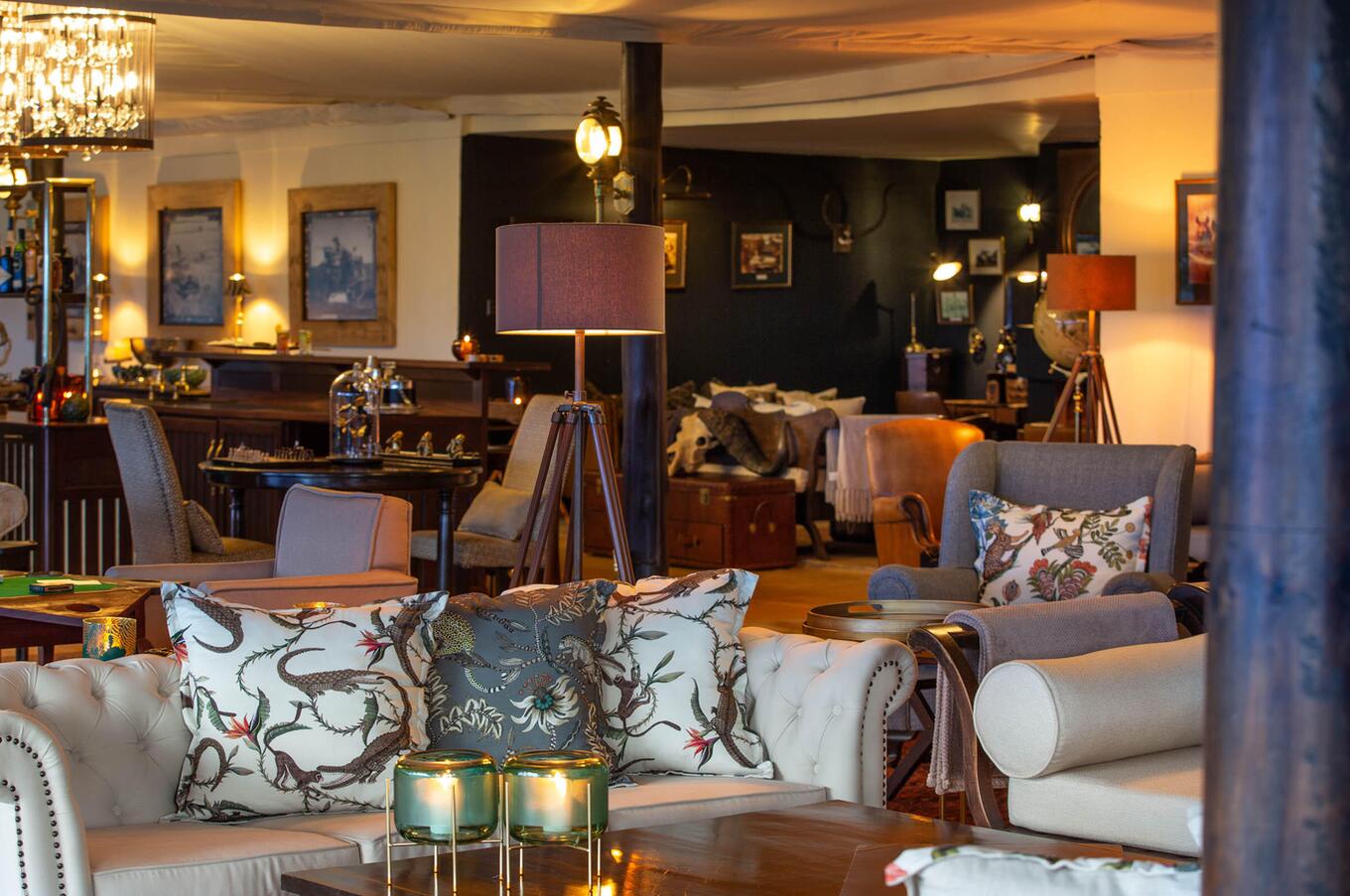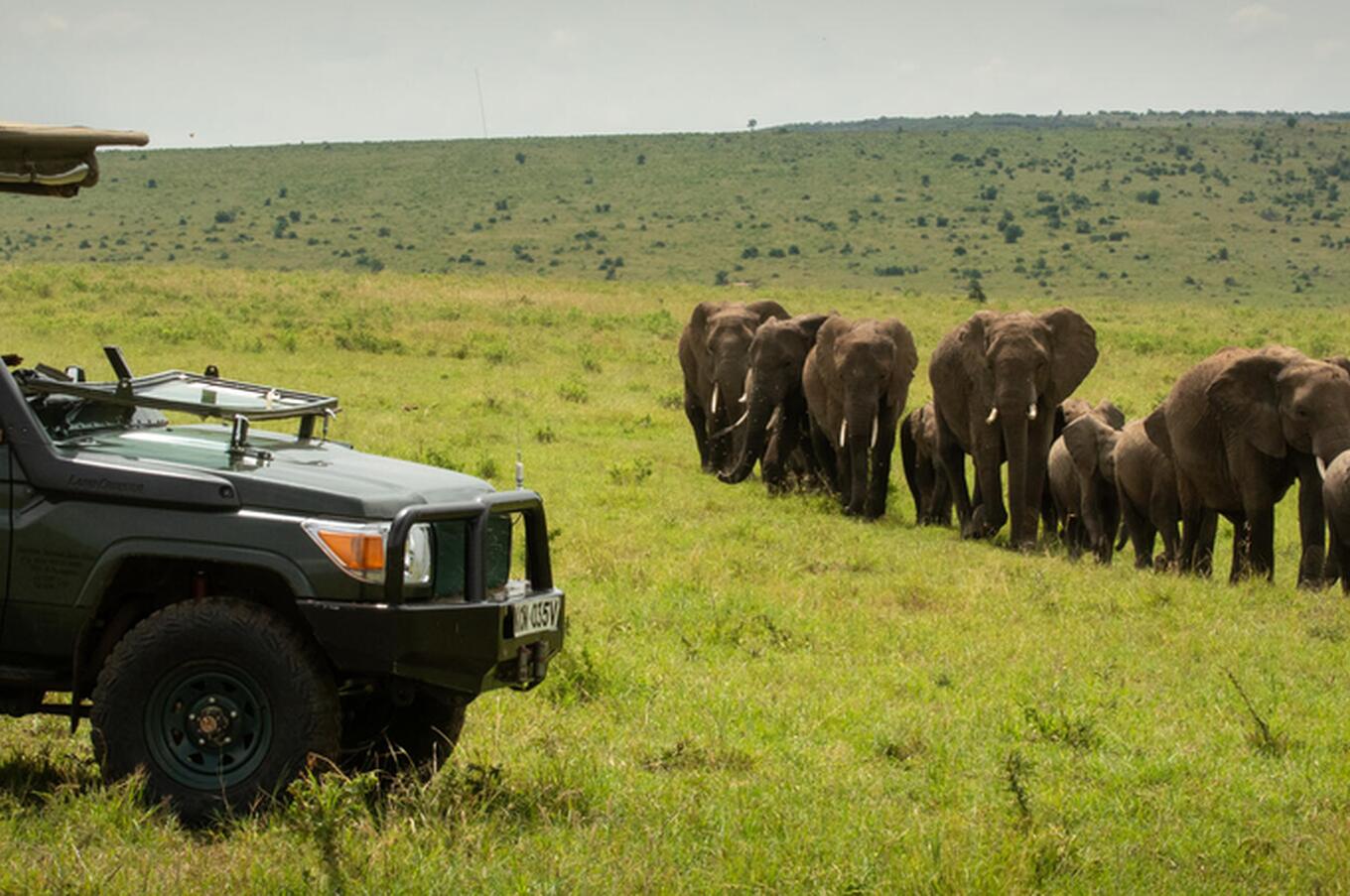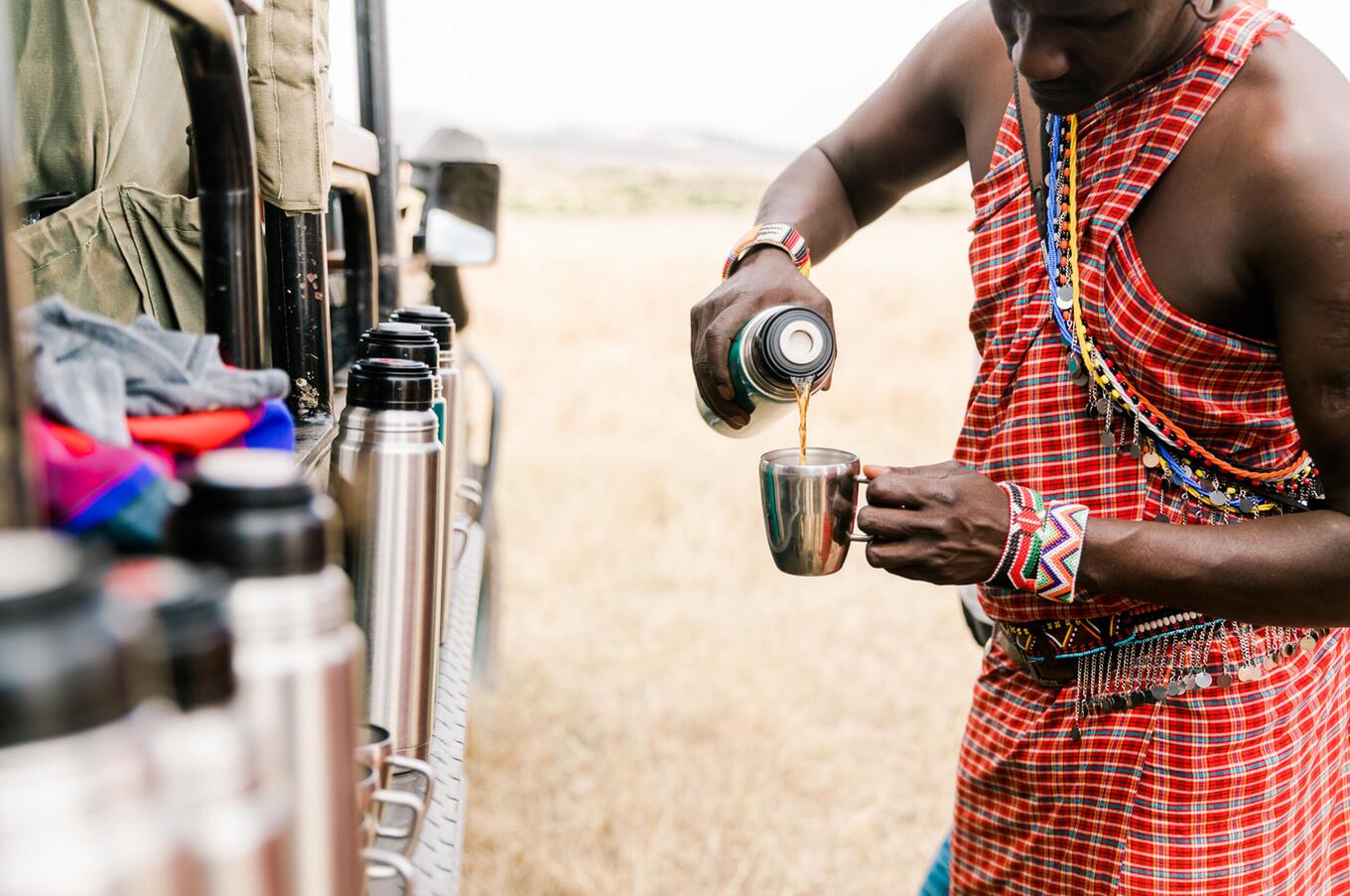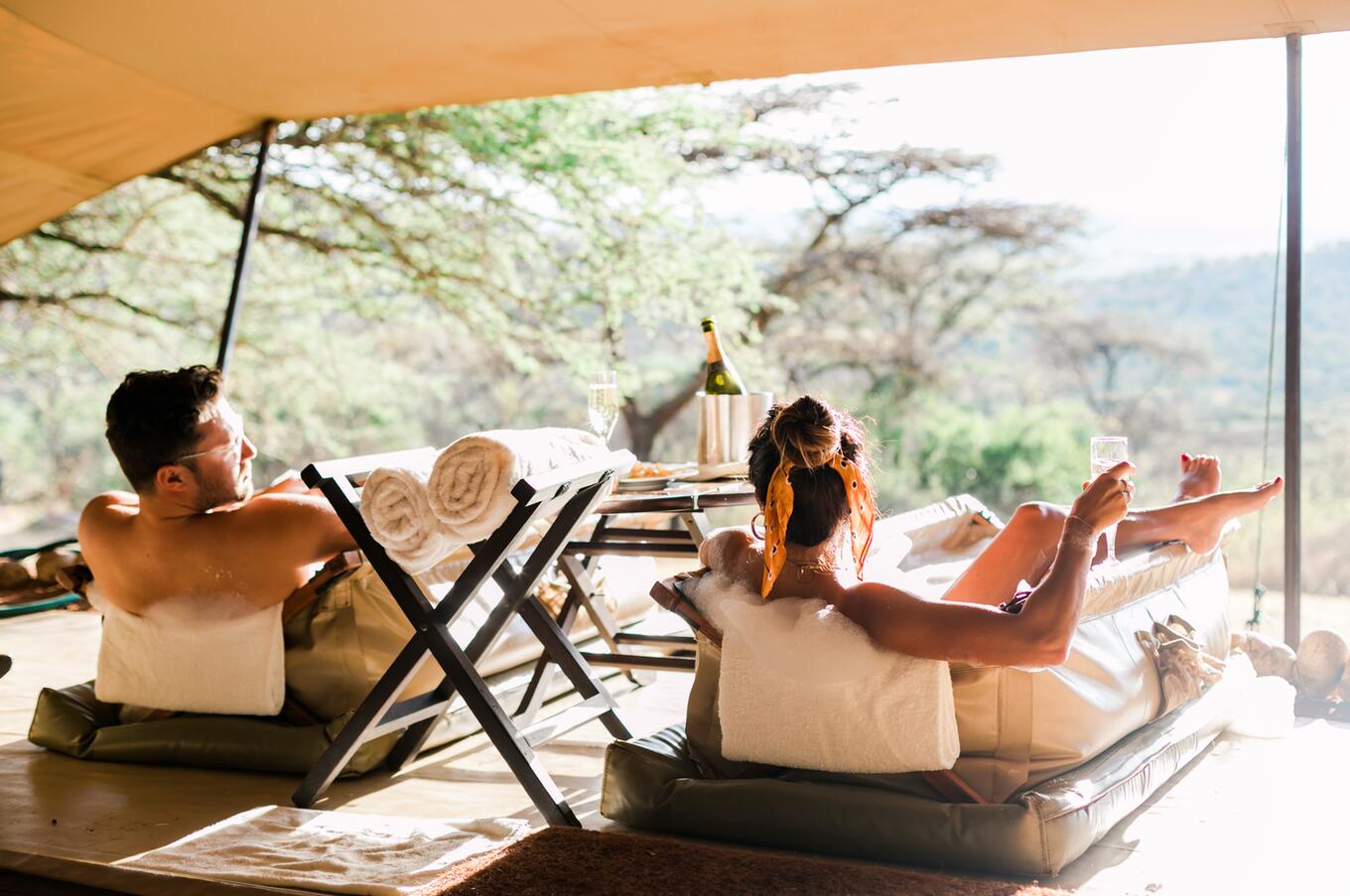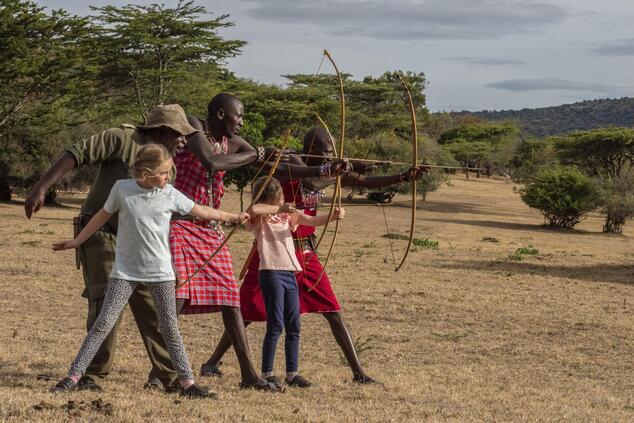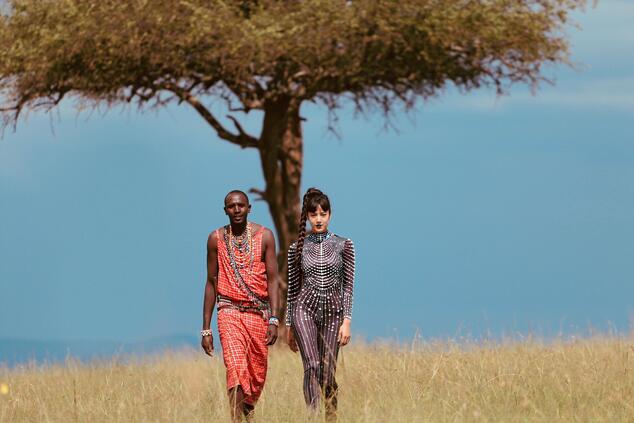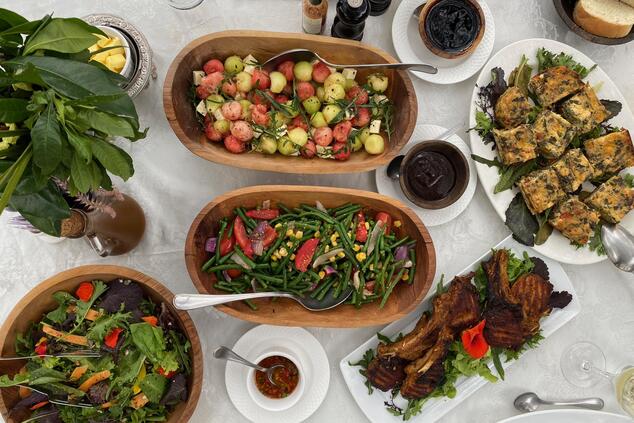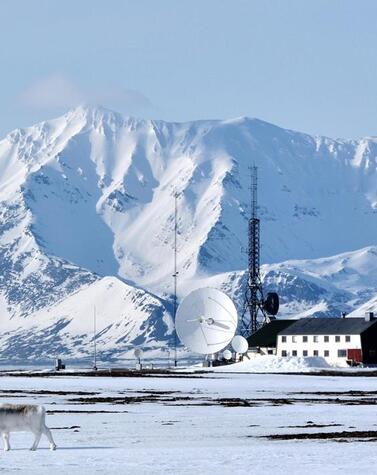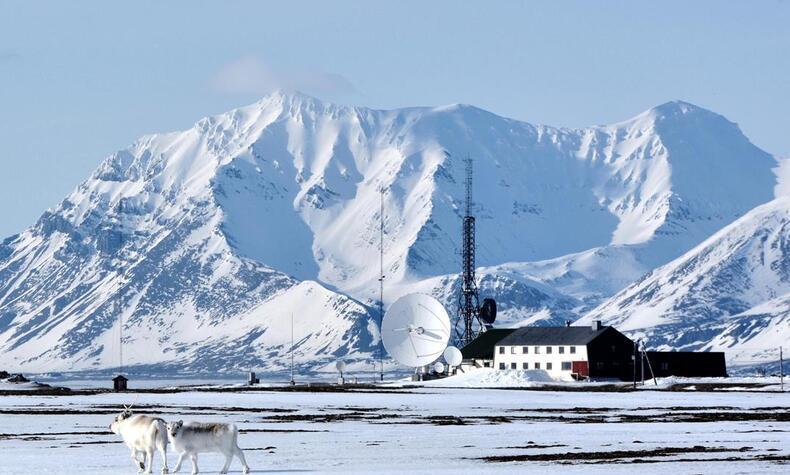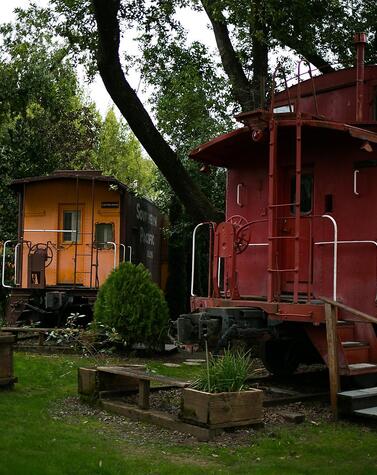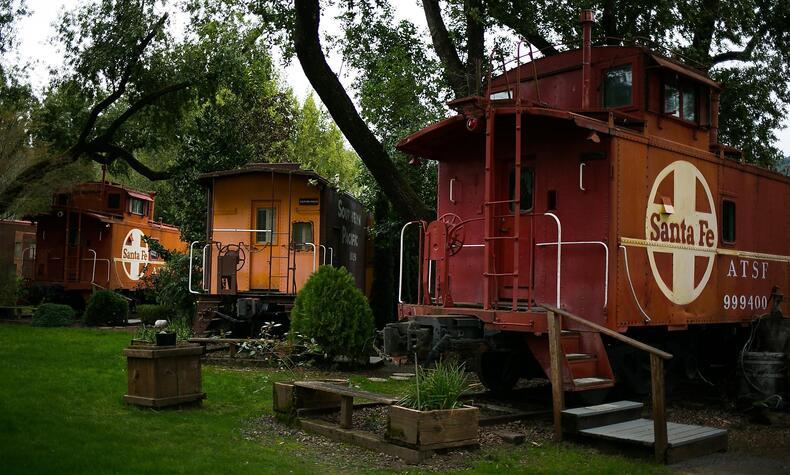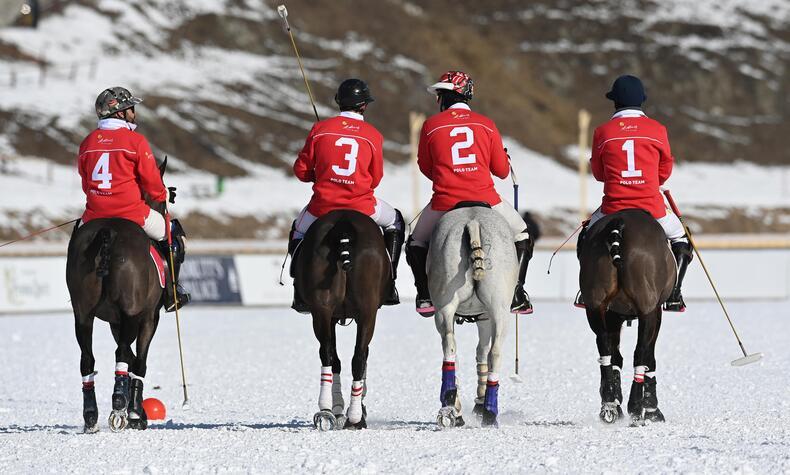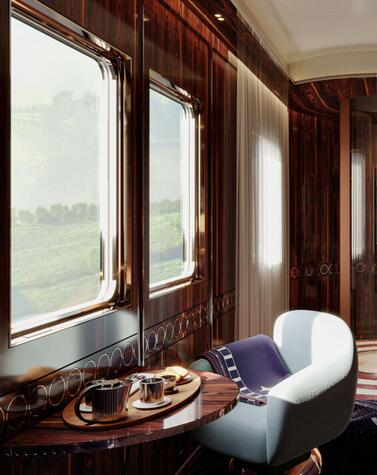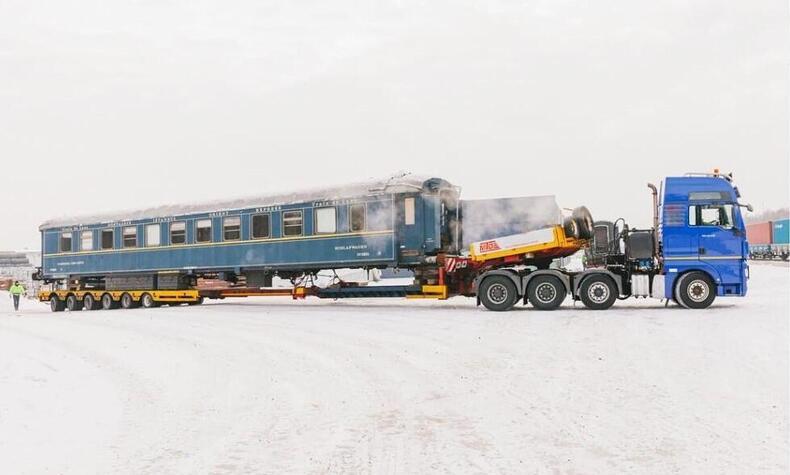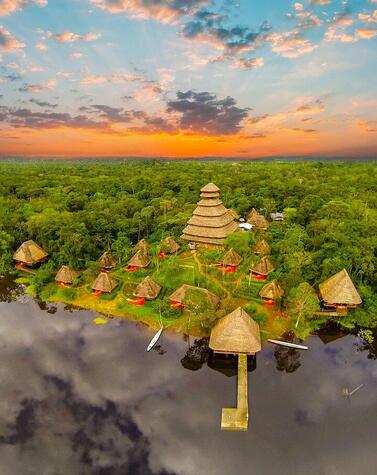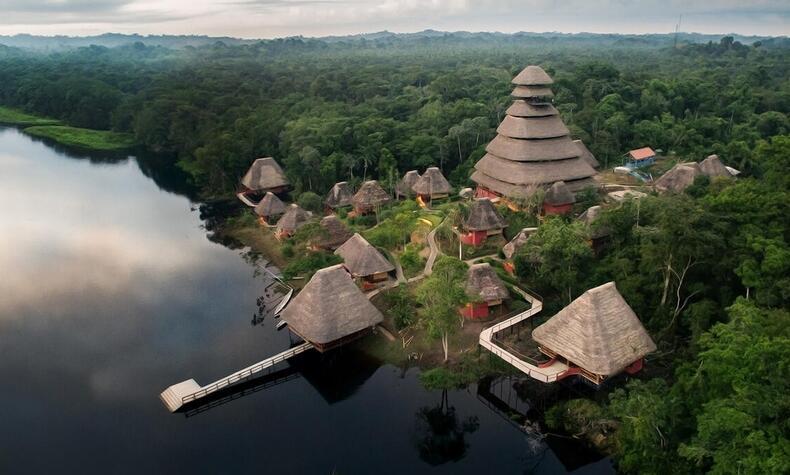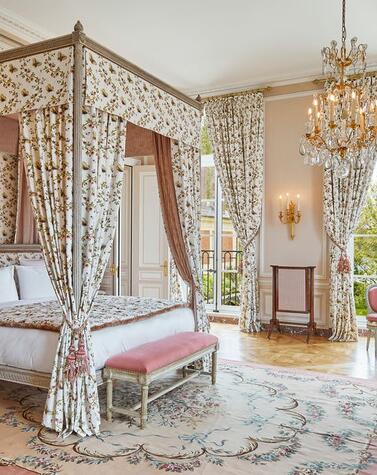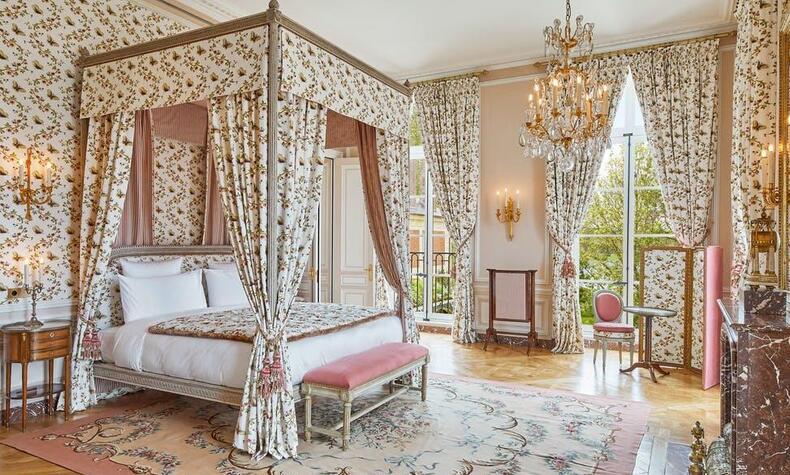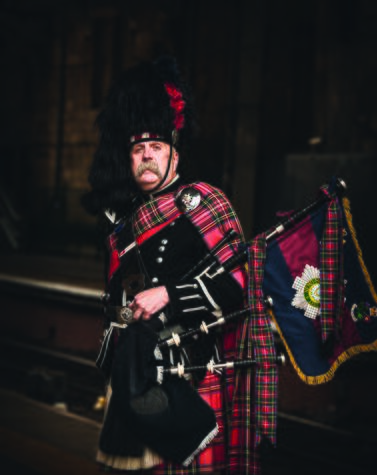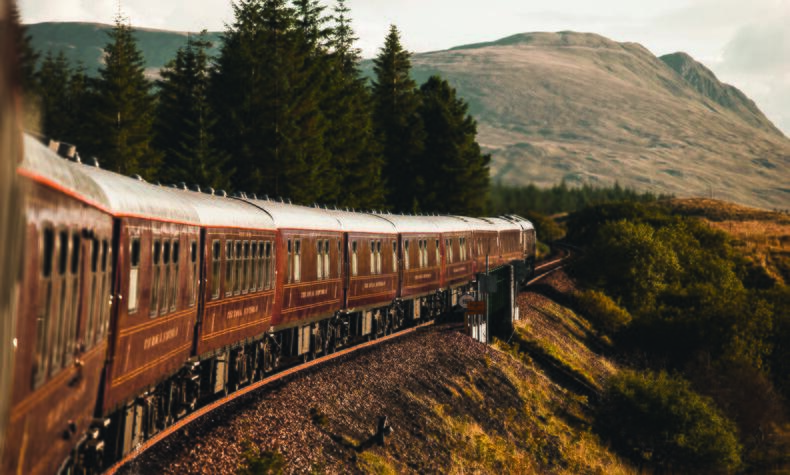One hundred years of safaris in Kenya
When Africa was still a continent in the hands of European colonialism, Charles Cottar decided to change his native Oklahoma ways for East Africa when he moved his family there in 1912. Seven years later, he pioneered the creation of the then-non-existent nature tourism industry. He founded his safari company with his sons Mike, Bud, and Ted, and named it "Cottar's Safari Services". The company, which imported cars from the United States and adapted them for use as safari vehicles, offered big game and film safaris.
Charles's company gave logistical support in the early 1920s to nature explorers and nature documentary makers, Martin and Osa Johnson. In 1924 they also worked as guides for the then Duke and Duchess of York, the future King George VI and his wife Elizabeth, during their trip to Kenya.
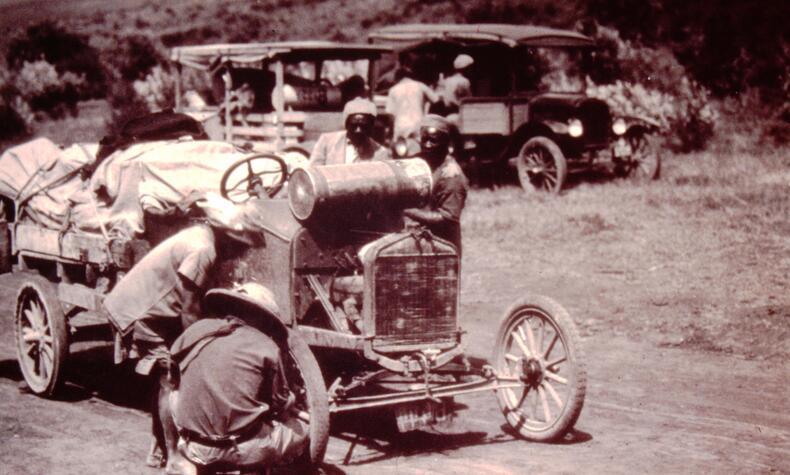
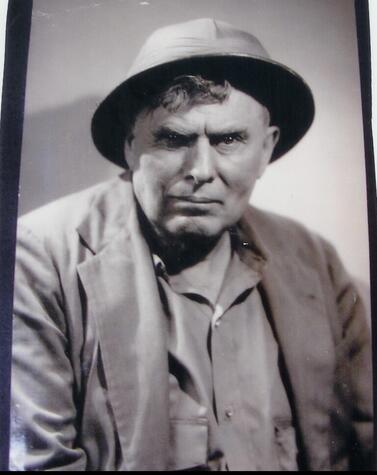
The family was known among the British administration for being somewhat rebellious and anti-establishment, preferring to spend long periods with the local tribes in the wildest Africa. Thus, the Cottars were the first to reach unexplored areas such as Lake Paradise and the first to obtain images of the wildlife in those territories. In this family, it was normal to have lions, leopards, wild dogs, and chimpanzees as family pets.
Charles Cottar survived attacks by elephants, buffalo, and three leopards in his lifetime, but finally succumbed in 1939, at the age of 66, to a deadly charge of rhinos in the Mara region.
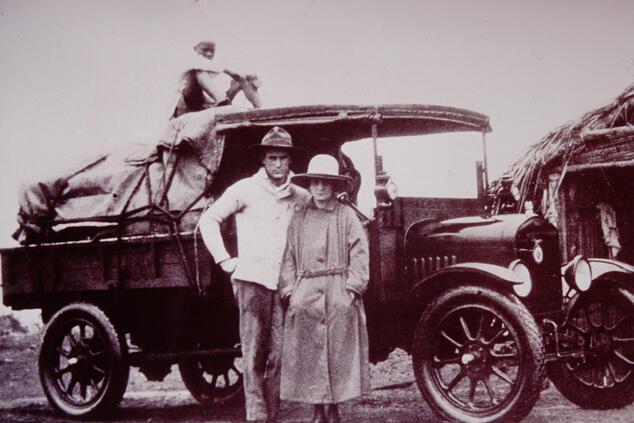
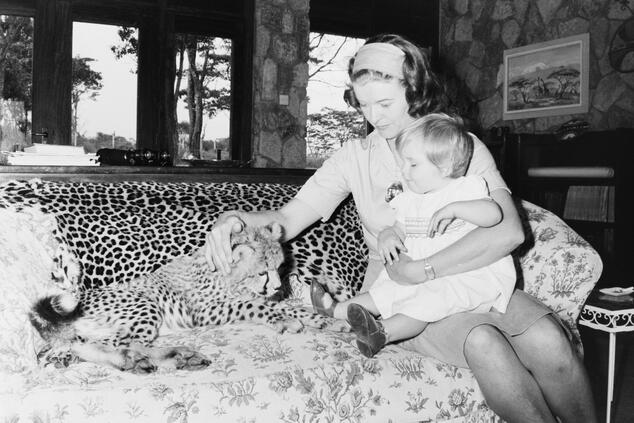
The business continued in the hands of their children and grandchildren. In the early 1960s they founded the first camp just for photo safaris in Tsavo National Park, Mara Camp in the Masai Mara in the 1970s, and Kimana Camp and Bushtops in the 1980s.
Today, it is his great-grandson, Calvin, along with his wife Louise, who continue to manage and represent the Cottar family's safari legacy a century later.
The vintage luxury of a classic camp
Located on the edge of the Masai Mara National Reserve, and just one kilometer from the Serengeti National Park, the renowned Cottar's 1920 Safari Camp is intrinsically linked to the community and its natural surroundings. Not only does it provide travelers with exclusive and personalized safari experiences, but it also makes a significant contribution to the conservation of Kenya's wildlife and ecosystem, protecting it from poachers and supporting the local community.
In addition to the safari camp, the exclusive Cottar's Bush Villa was designed by Calvin and Louise Cottar and hand-built with indigenous and eco-friendly building materials. Situated at one end of the camp, its breathtaking views of the savannah plains leave no one indifferent.
To stay in one of the ten tents in this luxury camp is to take a trip back in time to the essence of safaris and the golden age of the great African journeys of the early 20th century, which the Danish writer Karen Blixen masterfully recounted in her famous autobiographical novel "Memories of Africa".
The entire interior design breathes vintage luxury characterized by cream-colored canvas tents, colonial-style furniture, and handcrafted upholstery.
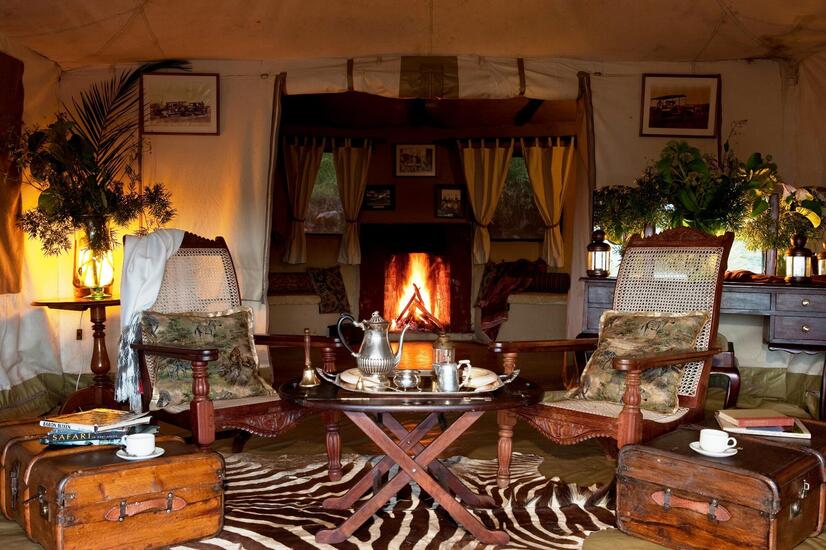
Commitment to sustainability and the local community
95% of the camp's inorganic waste is recycled and many of the ingredients used in the dishes being cooked come directly from the camp's organic garden. Guests are encouraged to take bush walks rather than vehicle rides, which reduces fuel consumption, and offers the unique experience of interacting with wildlife in close quarters.
Cottar's has also been a pioneer in partnering with the Masai community to manage their land on their behalf, providing them with lease income and employment opportunities. Forty-five percent of the camp's staff are members of the local community.
- In the "warrior school", the Maasai teach adults and children the art of shooting with bow and arrows —
- The local community is very much integrated in the camp's daily life —
- A unique experience consists of walking through the savannah accompanied by the Masai —
- Most of the vegetables and fruits come from the camp's own organic garden. Photos: Cottar's 1920 Safari Camp
The camp offers different experiences to bring guests closer to the Masai style and traditions that include, among other activities, visits to the villages and traditional markets, or visiting the so-called warrior school where you can learn to make fire with sticks or shoot your own bows and arrows.
Other experiences include participating in the vulture rehabilitation program (seven of Africa's 11 vulture species are endangered, and 90% of reported vulture deaths in Africa are due to poisoning), or walking alongside the only all-female ranger unit in the Masai Mara, learning about the area's medicinal plants, foraging and sampling wild foods, or participating in seed-based reforestation work.
